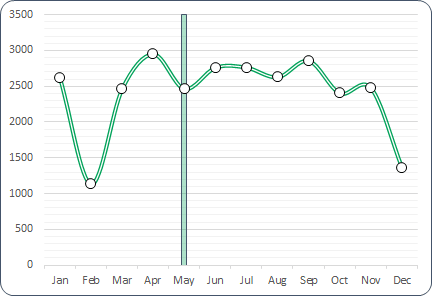When organizing a lively evening with friends, especially with group dates, finding the right activity can be a bit of a puzzle. Bringing together a mix of individuals requires a plan that suits everyone’s interests and sparks engagement. Double dates or group dates open the door to a range of activities that can foster team spirit and competitive fun, turning a regular night into an unforgettable experience. Whether it’s board games that get everyone’s strategic mind going or outdoor adventures that demand teamwork, the key is to create an atmosphere where all the pals can bond.
Choosing the perfect group date idea often hinges on knowing the people involved. Some groups may lean towards laid-back, casual gatherings at someone’s home, while others might thrive on the thrill of competing in group sports or tackling a collaborative project. For couples, these shared experiences can strengthen their bond as they witness each other in different social scenarios. The success of group dating lies in balancing the energies of all participants, thus forging deeper connections and creating a tapestry of shared memories.
Groups Dates in a Pivot Table by Month
Here’s what I do to arrange dates by month in a pivot table:
- Click on any cell within the date column.
- I right-click and choose “group.”
- A window appears, where I check the “Month” option.
- Finally, I hit OK, and it’s done.
This method works like a charm every time I need to tidy up those dates.

Weekly Summary
Last week’s game-focused events were quite the ensemble, pulling everyone from trivia buffs to sports enthusiasts. Here’s the quick rundown on the fun we had:
- Monday: Kickstarted the week with an arcade tournament. The energy was electric!
- Tuesday: Trivia night contenders battled over obscure facts. Mind-bending!
- Wednesday: Mid-week Bingo brought laughter and some unexpected winners.
- Thursday: Board game enthusiasts showed off their strategic prowess.
- Friday: Game night? More like game knight with medieval-themed board games.
- Saturday: Showed our sports spirit by attending a local sporting event.
- Sunday: Wrapped it up with a chill pub quiz, testing our pop culture smarts.
And hey, check out how I organized our week with this grouping technique in Excel! 
Hourly Summary
When I organize activities, I often note down when they happen. To visualize this data, I use Excel pivot tables for an hourly breakdown. Here’s my quick method:
- I click a cell with a date.
- I right-click and choose Group.
- Then, I pick Hour for a time-based summary.
- Hitting OK finalizes my selection.
This trick works like a charm for planning and reviewing events—like figuring out the best time for karaoke night or a photography meetup. And it’s perfect for tracking all those mini adventures, from an early morning hike to a late night at the drive-in.
Custom Date Range Summary
When I’m analyzing event dates ranging from 01-Oct-2014 to 31-Jun-2015 to plan diverse activities such as a karaoke night, a comedy club outing, or an outdoor date idea like go-karting or a beach picnic, I find custom groupings in a pivot table super handy. Here’s how I do it:
- I start by right-clicking on the date column in the pivot table, then I select “group.”
- Next up, I uncheck the starting and ending dates in the auto option to input my desired custom range.
- To focus on the monthly activities like beer tasting sessions or zoo visits, I choose “month” from the “by group” options.
Once these steps are done, all the fun dates are neatly grouped by each month, allowing me to easily organize the sports events, nature walks, or craft nights. The remaining outliers, maybe those one-off escape room challenges or murder mystery events outside my specified range, are bucketed into a separate category.
And if I’m ever in need of slicing and dicing this data differently, I turn to the super-neat Excel Slicer — always a click away to refine my date-driven plans.
Group Two Different Fields
When I’m working with pivot tables in Excel and I want to track trends over time, I often group dates by more than just days or months. Here’s how I do it:
- I select the date field in the pivot table and find the Group option.
- With the grouping dialogue box open, I choose multiple time periods, such as quarters and months.
- Once I’m set, I hit OK to apply the grouping.
By grouping dates this way, I create layers in my pivot table. This allows me to see a structured breakdown by year, quarter, and month. Plus, Excel gives me the ability to expand or collapse these fields, which makes my data easy to navigate and analyze.
Un-Grouping
To revert grouped dates:
- Select any date within the range.
- Right-click and choose Un-Group.

Sample File
I’ve got a nifty sample Excel file that’s perfect for anyone wanting to see how to group dates in a pivot table. If you’re keen on creating a streamlined report for a movie theater’s weekly ticket sales or tracking the most popular showtimes, this file will be your go-to resource.
- Download the File: Just click here, and you’re all set to start exploring.
Remember, pivot tables are super handy when it comes to summarizing complex data. Give it a try, and you might be surprised at how much easier it makes analyzing those box office numbers!

